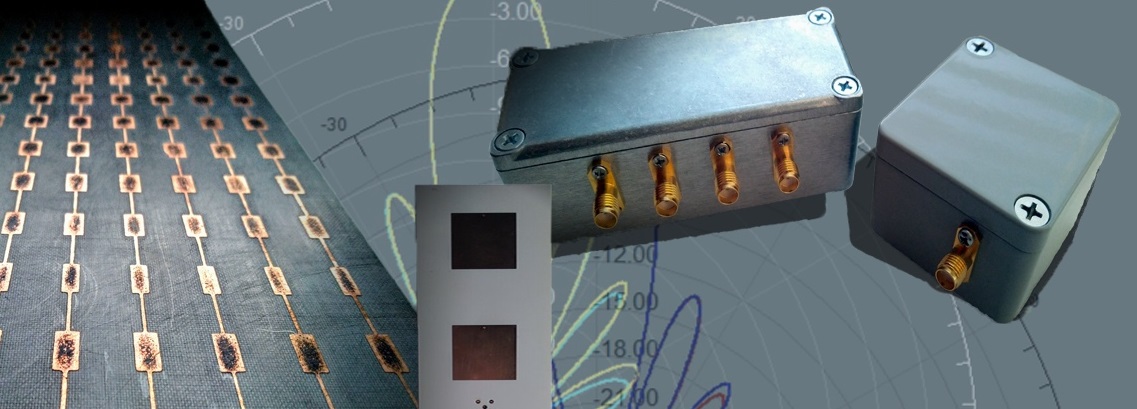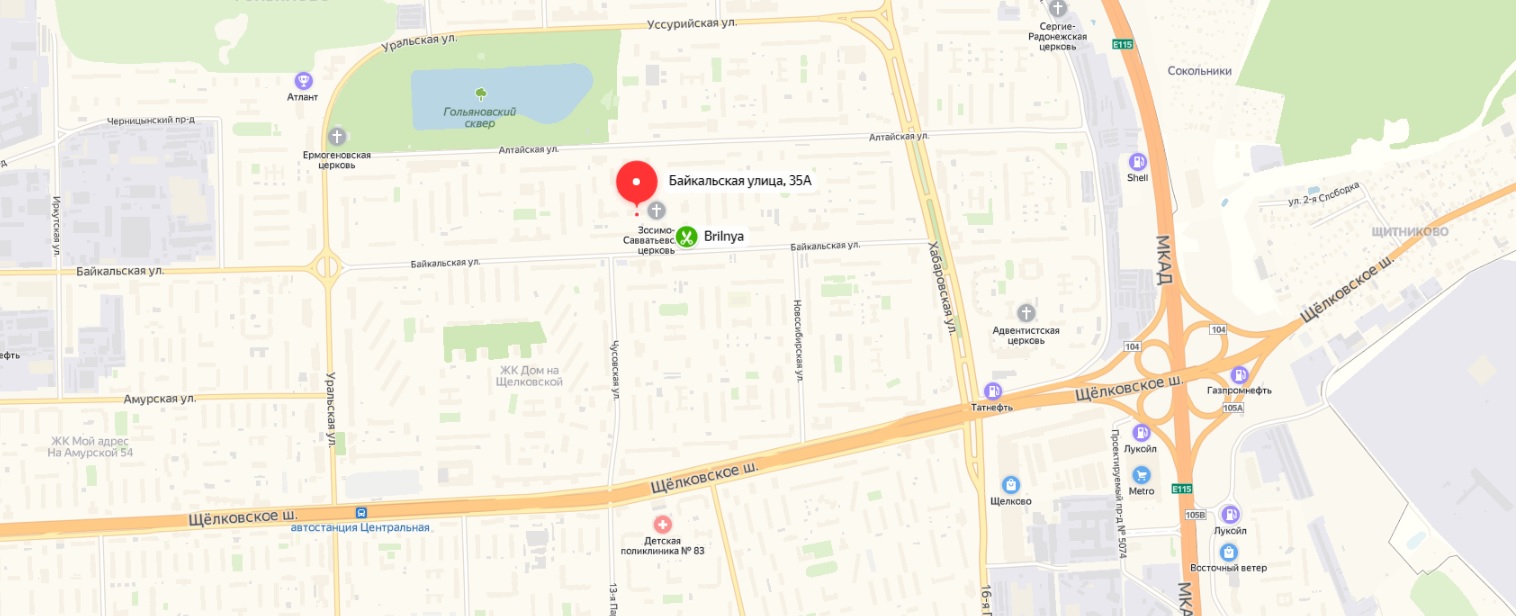In the modern period in the electronics engineering, there are great variety of technically sophisticated devices that include transmit-receive modules.
In household applications, these are routers, smart home system elements, various networked transducers, repeater units and modems. In civil applications, systems for radio monitoring and air control, as well as satellite signal reception devices, are popular. Electronic warfare, radar, radio interception and communication systems have become most widely adopted for military use.
The permanent worldwide deployment of these systems implies the process of the development and improvement of engineering solutions, which are aimed at enhancing the performance characteristics of the products and reducing costs, to occur continuously.
During the development of radio equipment, designers more extensively use non-typical schematic-design procedures, which is dictated by severe requirements for weight-and-dimensional characteristics of the devices and by the need to fulfil electromagnetic compatibility requirements.
Under these conditions, the equipment development process is implemented into several stages.
At the initial stage, advanced development is performed aimed at achieving required technical characteristics of a pilot specimen.
At the second stage, all engineering solutions are extensively elaborated. This elaboration involves computations of target characteristics along with accessory strength, cooling and dimension computations. The computations are corroborated by prototyping the complete device and essential circuit components.
At the final stage, a pilot specimen is produced and work to fulfil technical assignment requirements is carried out.
The experience has shown the second stage to be the most complex and longest. At this stage, it is essentially to perform correct computations and carry out all designers’ ideas.
Presently, it is enabled to use combined software applications to make the design process easier. Their advantage lies in the possibility of the in-depth elaboration of a product, which makes it possible to use simulation instead of some prototypes. This approach favors considerable material and time saving.
One of these software applications is the newer electrodynamic simulation package, which allows designing antenna-feeder devices with account for the effect of elements of the device enclosure, the device internal layout and electromagnetic compatibility requirements.
A necessity to design a peculiar antenna assembly arises when commercially available antennas cannot be used in a device because of its design features, the lack of a necessary operating band or the impossibility of achieving required characteristics.
In these cases, our experience in designing antenna devices relieves the situation. We successfully use electromagnetic simulation to solve the most diverse design tasks.
- The designing and manufacture of antennas operating in the 1 to 40 GHz band. These are foil dielectric antennas, complex-shaped dismountable antennas, waveguide, helical and other antennas.
- The designing and manufacture of antenna arrays for various purposes, such as narrow-band arrays for secure data transfer channel, wide-band radar arrays, as well as one-port and multi-port arrays.
- The designing of SHF path elements using the waveguide and microstrip technique, such as power dividers/combiners, filters, directional couplers and connectors.
- The designing of frequency-selective surfaces and lenses.
- Solving electromagnetic compatibility problems.
- Solving problems of the propagation of radiowaves in biological objects and media.
- Estimating the effect of the enclosure and other devices located around an antenna.
Long experience allows us to achieve high convergence of calculated and measured characteristics, which favors substantial cost and time saving for designers.
We are looking forward to utilize our potential to solve non-trivial problems.
A result of collaboration with us could be an electrodynamic computation, a model, an electromagnetic compatibility prediction, as well as a pilot specimen of an antenna or array. We use individual approach to each customer.


